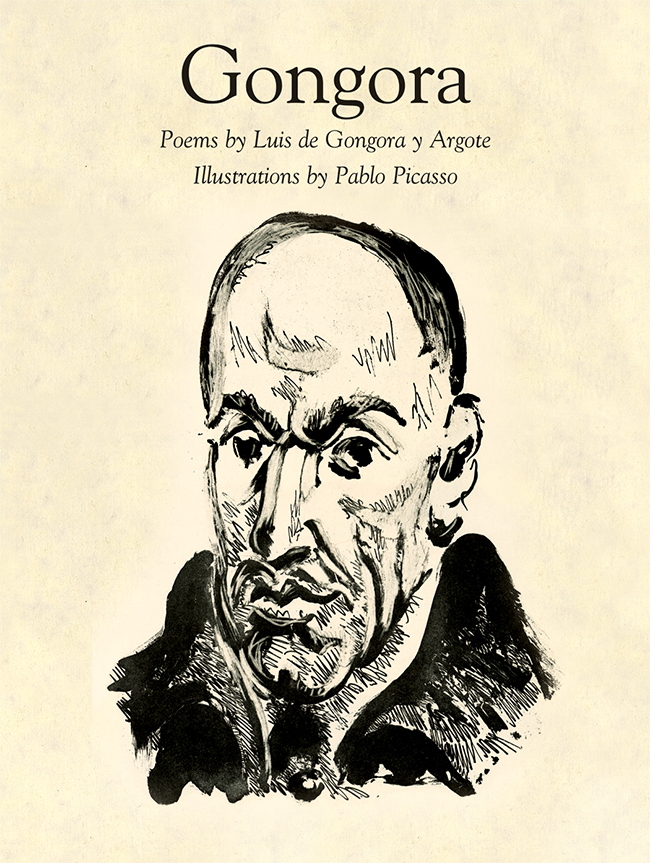Edward Hirsch is the award-winning author of six books of poems and three books of prose, including the national bestseller How to Read a Poem. He is the president of the John Simon Guggenheim Memorial Foundation.
John Russell is the former Chief Art Critic for the New York Times.
Alan S. Trueblood is a former Professor of Hispanic Studies and Comparative Literature at Brown University. He has translated and edited Antonio Machado, Selected Poems and is the author of Experience and Artistic Expression in Lope de Vega: The Making of “La Dorotea.”
Gongora
BILINGUAL EDITION
Poems by Luis de Gongora y Argote
Illustrations by Pablo Picasso
Preface by Edward Hirsch
Introduction by John Russell
Poetry Translated by Allan Trueblood
Hardcover, 1 pages
ISBN-13: 978-0807611333
$50.00 (Can $57.00)
“In working on Gongora, [Picasso] released quite another part of himself. He worked with his native language and with the poetry of a great if much-contested writer who, like himself, could take any given subject...and make magic out of it.” —from the Introduction by John Russell, former New York Times chief art critic.
Picasso was first attracted to the work of sixteenth-century Spanish poet Luis de Góngora
during the 1920’s, when the poet, called “the father of modern poetry” by Federico García Lorca, was
resurrected by the Surrealists. Gongora is comprised of twenty sonnets by the poet, which Pablo Picasso wrote out by hand and further embellished with flourishes, figures, and sketches. The artist also
rendered twenty portraits to accompany these poems. The result is a blending of word and image, full of imaginary variety and exceptional artistic virtuosity. This edition of Gongora, featuring a preface by award-winning poet Edward Hirsch and an introduction by former New York Times Chief Art Critic John Russell, presents an intimate union of art and poetry.
One of the masterpieces of “livres de peintres,” or artists’ books, Gongora was created by Pablo Picasso in a limited edition of 275 copies in 1948. It is at once an homage to Góngora, to women, and to the arts. In Gongora, Picasso is inspired by his native Spanish artistic tradition. The handwritten Spanish text, with its remarques closely following the text, establishes the artist’s personal attachment to the poetry, while the rich presentation of images—described as a “veritable feminine kaleidoscope”—invites the natural comparison with the great Spanish portraitists El Greco, who was Góngora’s contemporary, and Velasquez.
The imagery of the book always bears a close and interesting relationship to the text, but clearly Picasso’s first motive is to visualize the romantic mood of the sonnets. His etchings, executed in drypoint and aquatint, demonstrate an extraordinary ability to master the elements of light and dark to create rich, sensuous, and mysterious effects. One of Picasso’s finest graphic accomplishments, Gongora is a memorable visual and literary experience.

